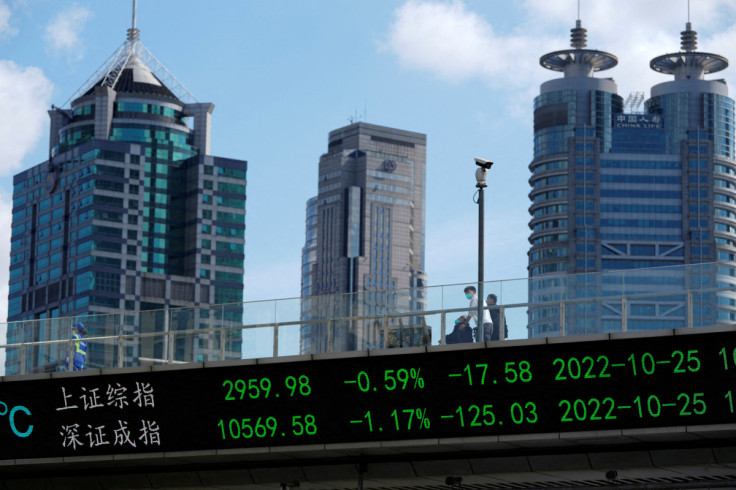Marketmind: Markets now banking on no more Fed hikes
A look at the day ahead in Asian markets from Jamie McGeever.

A look at the day ahead in Asian markets from Jamie McGeever.
After the crash, bang, and wallop of two U.S. banks collapsing and regulators steaming in with emergency measures late on Sunday to prevent contagion from sweeping through markets, the sound you hear now is the screech of economists and investors reversing on their Fed forecasts.
If the ratcheting up of U.S. rate expectations in the last few months was almost without precedent, the complete turnaround in the last few days is truly historic.
A week ago Barclays economists raised their forecast for the Fed's March 21-22 meeting to a 50 basis point rate hike from 25 bps. On Monday, they changed that to zero.
Rates futures markets show traders now reckon the Fed is done raising rates and will cut by 50 bps later this year. The implied 'terminal' rate has plunged more than 100 bps since last week to 4.35%, and the year-end implied rate has plummeted more than 150 bps to 3.90%.
The two-year Treasury yield's slide of around 65 bps since Thursday marks the biggest three-day fall since the Black Monday crash in 1987.
2023 implied U.S. interest rates - SOFR futures,
So how will Asian markets open on Tuesday? Equity investors are essentially being pulled in the opposite direction by two competing, and powerful forces.
On one hand, huge stress in the U.S. banking system, the collapse of the country's 16th largest bank and emergency intervention from the Fed, Treasury and FDIC to prevent contagion is a screaming sell signal. U.S. banking stocks tanked 7%, their biggest fall in almost three years.
On the other, swift and bold intervention, the most stunning collapse in bond yields and implied interest rates, a sharply weaker dollar, and expectations that the Fed's tightening campaign is over has clearly tempted a lot of buyers.
World stocks fell on Monday and are now down five days in a row, the longest losing streak since October. But Wall Street was mixed - the Dow and S&P 500 ended down 0.3% and 0.15%, respectively, while the Nasdaq rose 0.45%.
Hong Kong tech stocks broke a five-day losing streak to jump 3% on Monday, and the Nasdaq's resilience may provide a springboard for further upside on Tuesday. The weaker dollar and sharply lower U.S. yields could also lead to broader support.
But the dust has almost certainly not settled yet, especially if U.S. inflation figures on Tuesday come in hotter than expected.
Here are three key developments that could provide more direction to markets on Tuesday:
- U.S. CPI inflation (February)
- India wholesale inflation (February)
- South Korea central bank minutes
(By Jamie McGeever; editing by Aurora Ellis)
Copyright Thomson Reuters. All rights reserved.

















